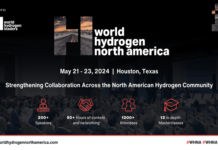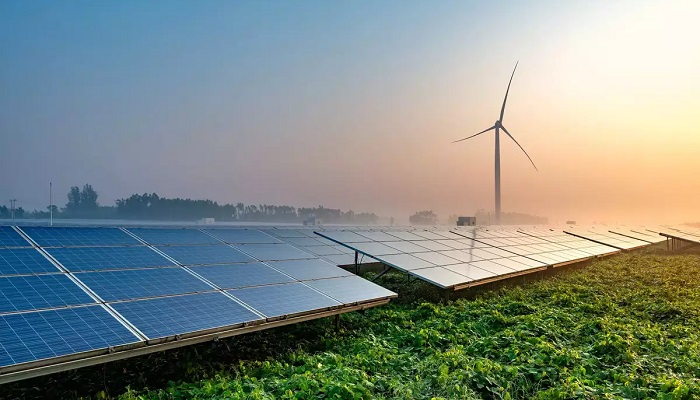The U.S. Treasury on December 14 went on to unveil the proposed guidelines for manufacturers who look to claim a tax credit so as to make clean-energy elements such as solar panels as well as batteries that are aimed at powering the energy shift with American-made products.
The subsidy, which was created by President Joe Biden’s climate measure, the Inflation Reduction Act- IRA, is going to create domestic jobs as well as reduce dependence on China in order to turn away from fossil fuels.
The deputy Treasury secretary, Wally Adeyemo, said that no matter how much one spends, it is a known fact that China is most likely to outspend in terms of their investment in clean energy, and what is being done now is indeed something different.
Apparently, the so-called 45X tax credit for advanced manufacturing goes on to offer credits for each product that is made in the United States. The amount of credit goes on to be dependent on the component.
In regards to this, the reaction from industries was kind of mixed. Interestingly, the solar industry trade group, which is the Solar Energy Industries Association- SEIA, applauded the Treasury for enabling companies with contracted manufacturers to qualify for the credit and for providing incentives for optimizers that help get more energy from the solar panels.
The National Mining Association- NMA, however, went on to criticize the rules for chucking out raw materials from the production costs entitled to the critical mineral industry’s 10% credit.
Rich Nolan, President of the NMA, said that by restricting the benefits that are available to the front end of the supply chain, the mines and minerals that push the clean energy economy, the incentives form a very small chunk of what Congress intended to bolster domestic raw material supply and also take on China.
The rules that have been proposed clarify the definitions of components that are eligible, such as inverters, wind turbine parts, as well as photovoltaic solar equipment. They also go on to confirm the credit amounts and have provisions so as to prevent claiming tax credits two times, that too for the same component.
It is worth noting that the guidance happens to be subject to 60 days of public comment, which Treasury said it may consider before the issuance of the final rules.
Companies have gone on to announce $140 billion in terms of clean energy manufacturing investments ever since the passage of the IRA in August 2022, the Treasury Department said. Manufacturers have gone on to say that the Treasury rules happen to be crucial for moving ahead with the planned investments. BlueGreen Alliance, which happens to be a labor and clean energy group, opined that the tax credit may as well help in creating 670,000 jobs.
The department went on to say that an analysis of IRA manufacturing investments demonstrated that 69% happen to be in counties where the average household income is below the median of the country. Notably, the credits, in all likelihood, will begin phasing out in 2030 and end in 2032 for clean energy elements. Interestingly, the critical mineral credits are not going to phase out.












































